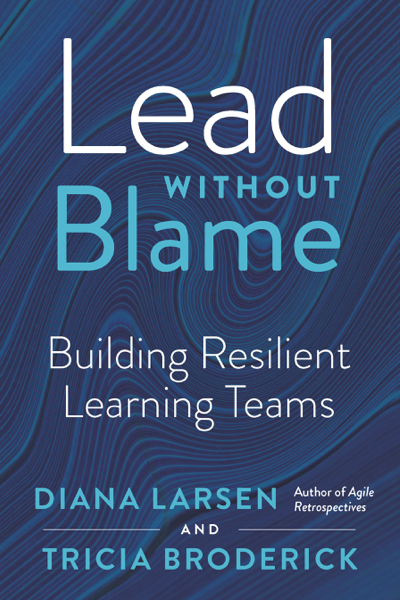One of my primary speaking sessions lately is centered around helping people start learning through experiencing and not being told. I’ve enjoyed this session and the results so much that I’m going to do a series of posts that highlight an exercise and how you might leverage it. Plus, this will force me to retire this session by the end of 2018 (always challenging myself too!).
This first exercise I’m labeling ‘Fast Clapping’. I got this idea from a Scrum Gathering session conducted by John Ryskowski. He did a version of this for a completely different purpose (also valuable, but this was what gave me the idea).
Facilitator Exercise Instructions (note: obviously feel free to put this into your own words):
- Provide attendees initial instruction.
“When I say go, I want you to clap as fast as you can until I say stop.” - Round a: Say go and stop – fairly quickly (they should only clap for about 5 seconds).
- Round b: Immediately, say go and stop – fairly quickly (they should only clap for about 5 seconds).
- Round c: Immediately, say go and stop but wait a little longer on this one (they should clap for about 20 seconds)
- Round d: Immediately, say go and stop – fairly quickly (they should only clap for about 5 seconds).
- Round e: Immediately, say go and stop – fairly quickly (they should only clap for about 5 seconds).
- Provide attendees next instruction.
“What was that experience like?”- Common negative responses will include: Chaotic, Fast, Stressful, Painful, Exhausting, When is this going to stop?
- Common positive responses will include: Energizing, Exciting, Anticipation, Synchronized
- Provide attendees next instruction.
“How does this relate to our work (team)?”
Key points that can be leveraged from this exercise:
The most common key point I make here is that demanding and creating environments where teams are constantly “going fast” are difficult to maintain. For a short period of time, a few people on the team might relish in the emergency pace but others are fatiguing. Are people producing their best work when they are stressed, exhausted and wondering when this is going to stop?
An alternative point that I’ve made with this exercise is tied to the value of being in the rhythm of consistent timeboxes. People may start to naturally stop and start but then be thrown off when the time box changes. (Note: When I’ve wanted to highlight this lesson, I may change the durations even more between rounds.)
The amazing part of doing this exercise with a discussion afterwards rarely leads me to making the key points. They do! In fact, frequently, I’ve had one key point to make and yet so many other wonderful learnings came from the discussion…impacts to the team, experiments they could do, etc.
What key point would you leverage from this simple exercise?




